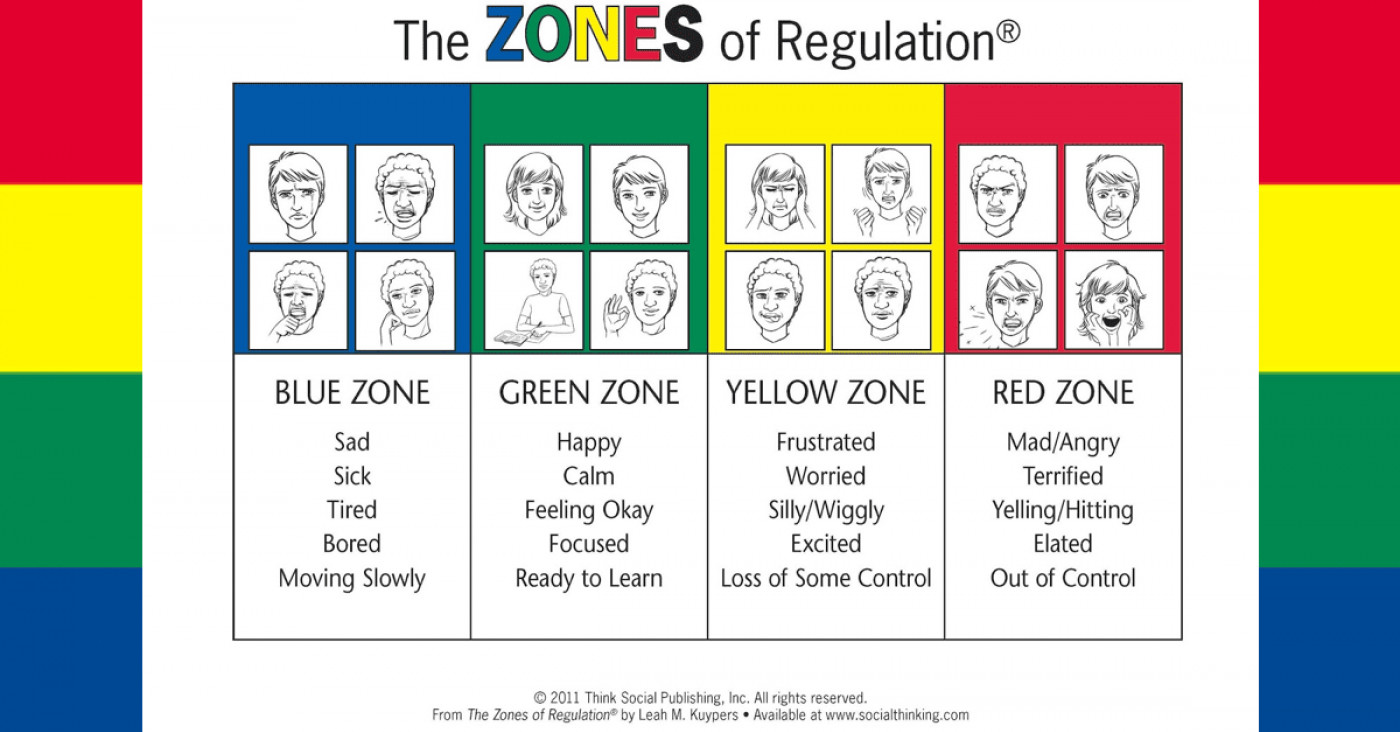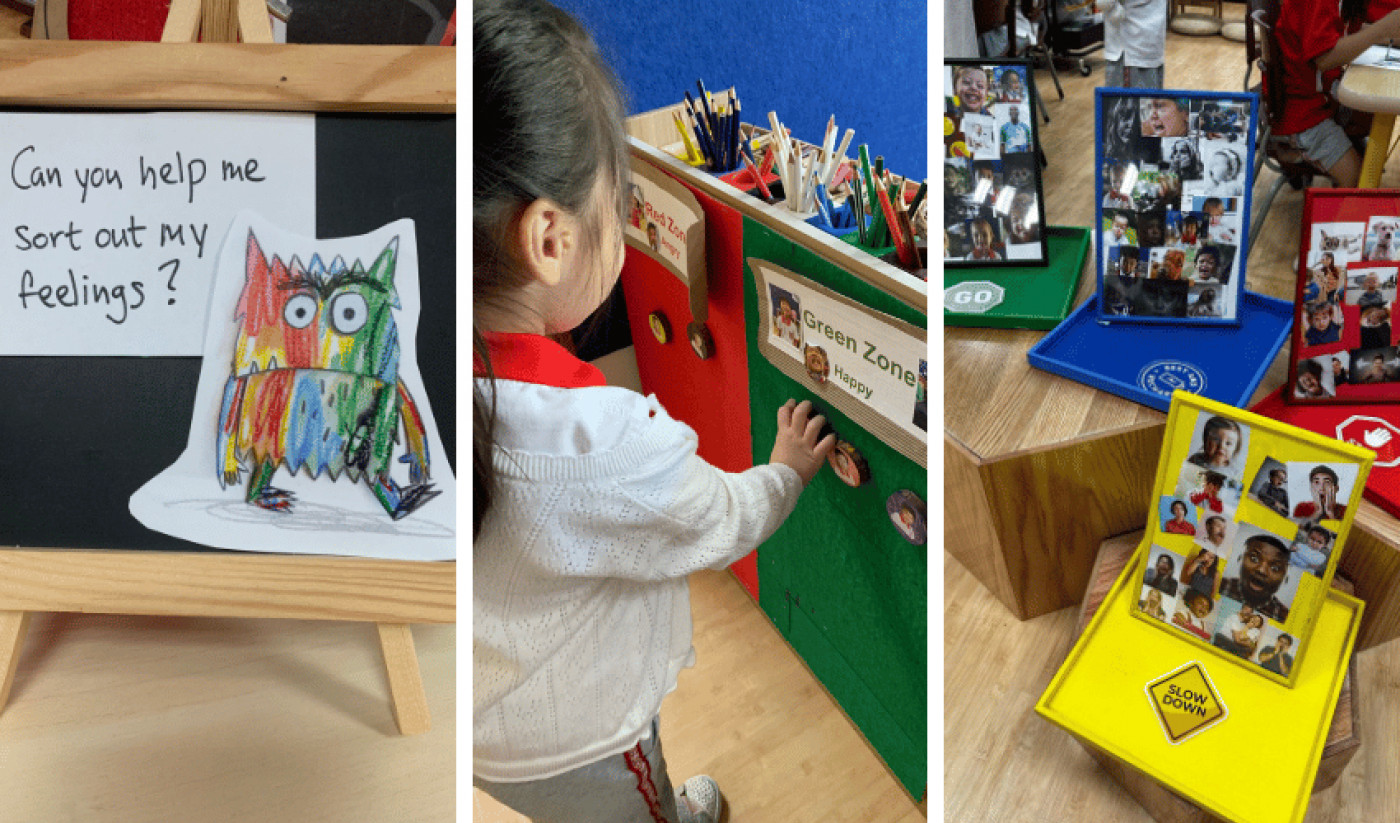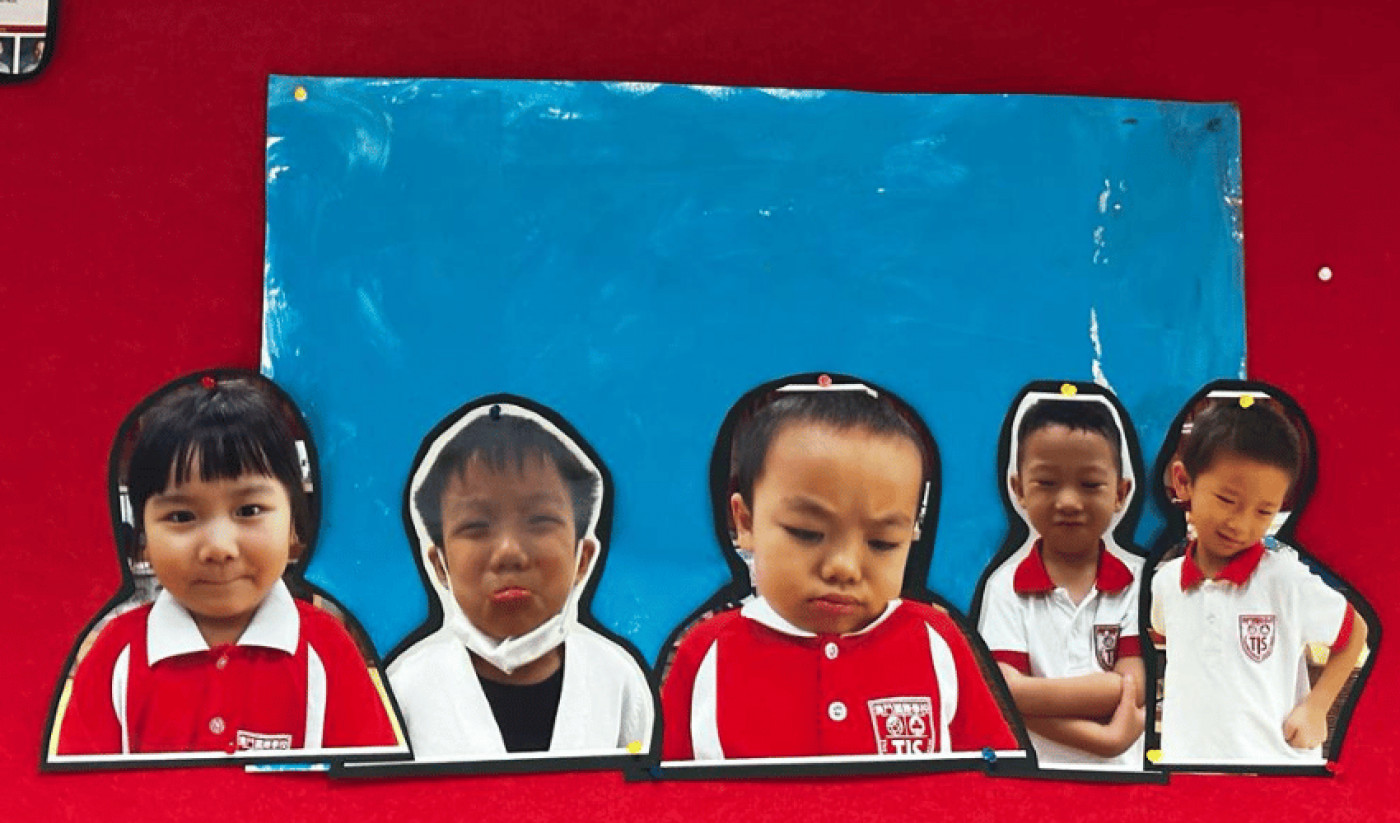
Teaching Kindergarten: The Zones of Regulation - What, Why, How!
Experiencing emotions is an essential part of a child’s development and well-being. But what do you tell your child when they are experiencing strong emotions? When “calm down” doesn’t calm anyone down, and “stop crying” certainly doesn’t bring an end to their tears? As parents, and educators, we often find ourselves at a loss when faced with a child’s intense emotions and struggle to provide effective guidance. However, what if there is a way to provide them with the tools to understand and regulate their emotions, while also validating their experiences?
Enter the Zones of Regulation. The zones are divided into 4 colours and categories with emotional descriptors in each Zone, and provide children with a common language to express and embrace their emotions. It is an essential tool that goes beyond telling children to “calm down” or “stop crying”, providing them the skills to go through these emotions and regulate them in a healthy manner, preventing the negative effects of suppressed or unacknowledged emotions. “How”, you ask?
Red, yellow, blue or green, which colour do you feel?

What are the Zones?
The Zones of Regulation Program was created by an Occupational therapist and Autism resource specialist from the USA, Leah Kuypers in 2011. The program was created initially to help students with challenges in regulating their emotions and address sensory regulation differences. Leah found that this program was successful in her interactions with all young children and could be developed into a social/emotional program to help children learn to identify and regulate their emotions in a systematic way. This program is now being implemented world-wide and has proven to be an effective tool for many teachers, including the teachers at TIS.

It is a valuable tool to help students identify, safely communicate and begin to regulate their emotions. This powerful program provides a safe space for students to communicate their feelings, seek out solutions and allows teachers to understand student choices and behaviours. For example, a student may have had an argument with a sibling in the morning and arrives at school quite agitated but after the daily Zones check-in, the student will express these feelings to his/her teacher. The teacher can assist the child to work through the emotions in an effective way and provide an opportunity for the child/teacher to give feedback to parents for discussion at home later that evening. The Zones Program provides a wonderful opportunity for families and the school to communicate to help students be able to understand their feelings and support the whole child.

How do we teach Zones?
Cornerstones of the Zones of Regulation
We don’t label a zone as good or bad
A child can be in more than one zone
Manage the zone, don’t try to force into another zone
Individualize tools for each child
All the zones can be expected at one time or another
It is a teaching tool, not a behavioural approach
It is supportive rather than punitive
It is away to support skill development
Adults need to be regulated when supporting students in Zones
The Zones of Regulation Program starts with explicitly teaching students how to identify emotions in themselves and others. Initially, teachers will explain the different Zones using posters and resources as well as ask students what they notice about themselves and how the associated colours might make them feel. Sorting out photographs and making collages for each Zone of Regulation is a good way for students to gain familiarity with the different Zones. Students will start to identify their feelings based on the colours of each Zone. As their understanding of each Zone and their awareness of their feelings deepen, the discussions and support deepens. It is an excellent tool to understand a mood or challenge a child may be experiencing. Each class has a Zones check-in area as part of the morning arrival routine. Students may visit this area throughout the day and change their opinion on which Zone they are in.
Once students are able to identify and articulate their emotions, they can begin to understand ways to manage their emotions. A great example of this is a 4 year old student I taught at TIS who said to me, one day after checking into the Blue Zone, “I am tired”. When asked how we/she could help she commented “can I go and rest for a little while before Centres?” This allowed more discussion that she was kept awake by her baby sister and she hadn’t slept enough. She had a rest and later had some additional sleep during nap time. When she woke up, she said “I feel happy and now I am in the green zone!”.

Children who are tuned into their emotions and encouraged to seek solutions can express their feelings and solutions positively. Students become more resilient, develop greater impulse control and become more self-regulated. When children are able to feel safe in expressing their emotions and they are validated, we see less anger outburst and increased self-control. When children are heard, they feel supported and are more likely to communicate effectively and positively.
As students move through the Zones of Regulation program, they begin to understand others’ emotions and increase their emotional intelligence. They focus on problem solving solutions and increase their understanding of empathy. In doing so, their management of their behaviours also influences and has a positive affect on others.
Tools/Strategies Taught in Zones
Sensory Supports | Calming Techniques | Thinking Strategies |
|
|
|
By this time of the year, undoubtedly, your children will be coming home and speaking about Zones and some of them might start to label themselves, their siblings and even parents in particular Zones. Our aim is for our Kindergarten students to be enlightened about their emotions, feelings and understand they are resilient little humans with the power to solve problems, excel academically, develop better social skills and build their self-confidence.

Research source: https://www.ncbi.nlm.nih.gov/pmc/articles/PMC3004175/
Teacher Tips for Handling an unexpected Red Zone Meltdown!
Be calm, stay regulated yourself Calm=calm
Make sure the child is in a safe space
Limit what you say. Children cannot have a teachable moment when they are dysregulated
Validate the child’s feelings “I know you are ……”
Give them time and space to calm
Process your own frustration or emotions later
Avoid a power struggle
Teach the tools to regulate when the child is in a regulated calm state



